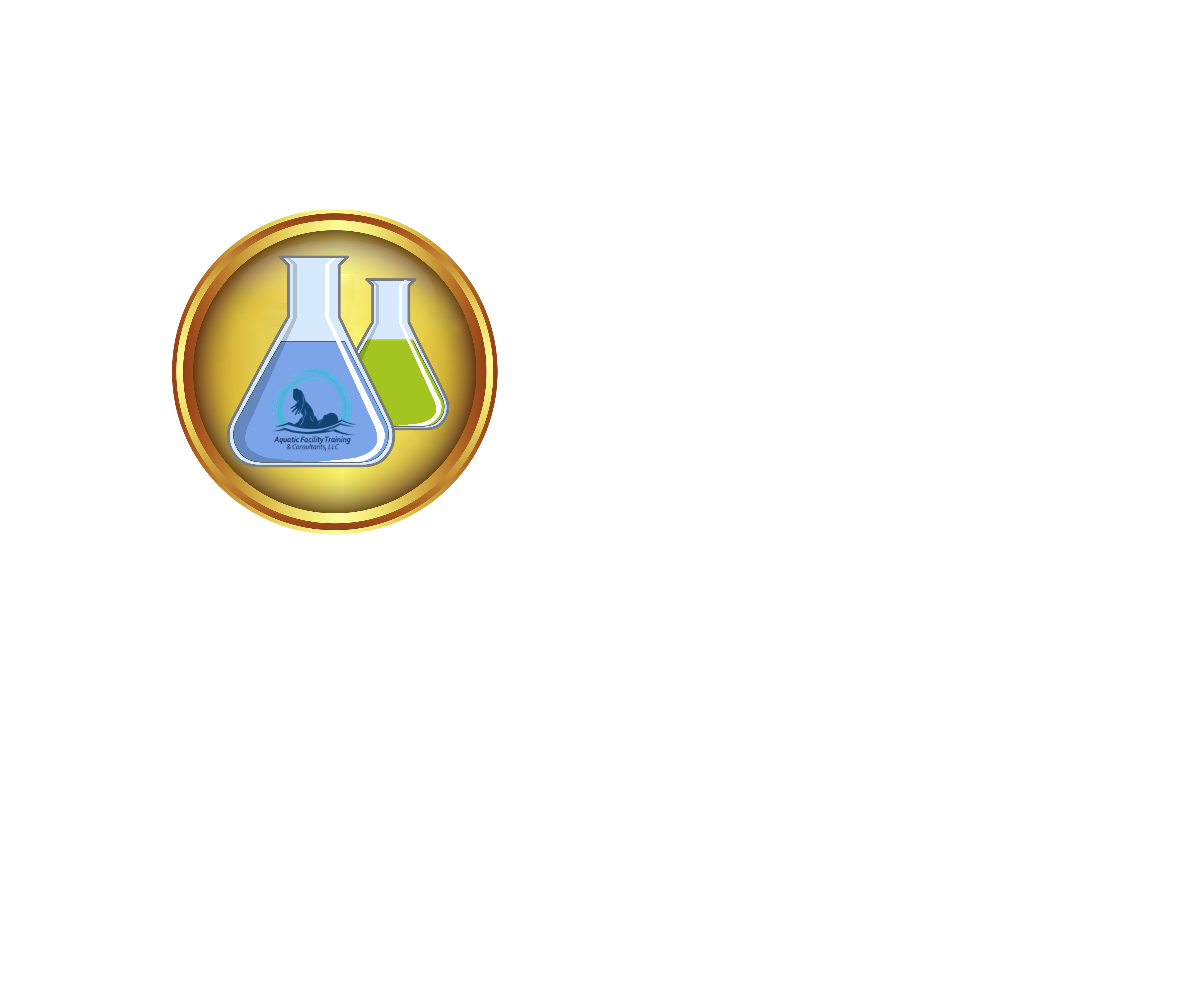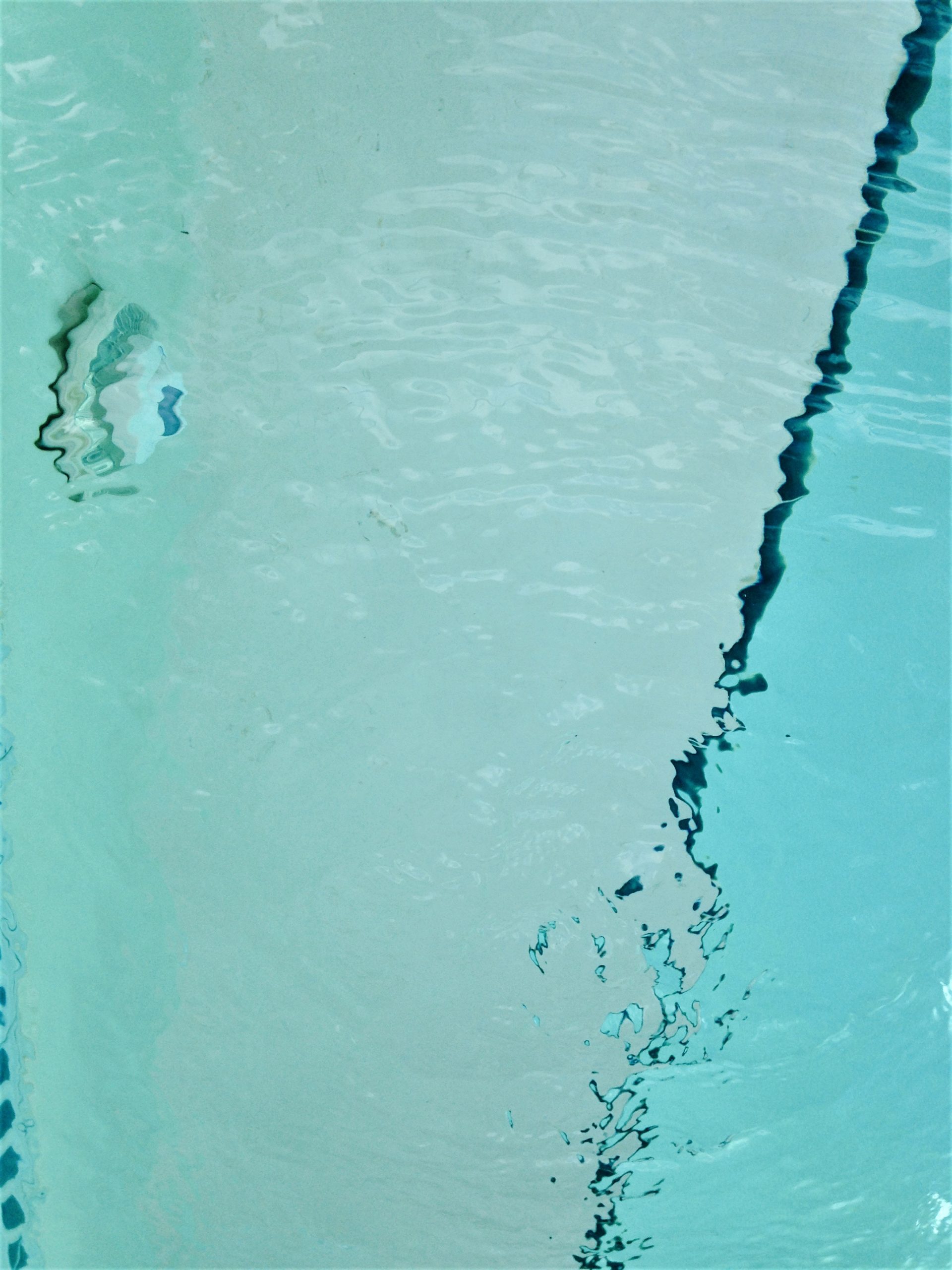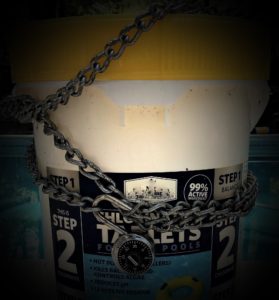Spas, Splash pads, and Waterpark rides…
Ever wonder why the pH tends to run high in certain bodies of water no matter what you do? Always adding acid? Spas, Splash pads, swimming pools with water features, and literally everything at a waterpark. They all have one thing in common.
AERATION!
When water is aerated, it creates turbulence. The turbulence then causes the aqueous CO2 (carbon dioxide) to outgas. Outgassing of CO2 from water results in an increase in pH. Aeration is the only means of increasing pH that will not increase the Total Alkalinity. This is both beneficial and problematic.
 At Aquatic Facility Training & Consultants, we think it’s important to know the “why” behind things. To understand the reason for the increased consumption of acid at these facilities. If you can embrace the science in what we do, swimming pools become increasingly easy to care for.
At Aquatic Facility Training & Consultants, we think it’s important to know the “why” behind things. To understand the reason for the increased consumption of acid at these facilities. If you can embrace the science in what we do, swimming pools become increasingly easy to care for.
My pool, at my house; the pH always runs on the low side. My yard has long leaf pine. Pine needles, when green, are acidic. Even if they do not fall directly into the pool, when the needles get wet, they drip. This drives the pH down. My pH, left to its own, would be a consistant 7.0
Four years ago, with the knowledge of aeration, I decided I would run an experiment. I took a single return jet (where the water comes back into the pool through the wall) and loosened the collar. I aimed the jet toward the surface so that it would cause that ripple in the water. Within three days, the pH in my 15′ x 30′ rose to 7.6. Between the turbulence caused by the jet and the acidity from the pine needles above, my pH has remained between 7.5 and 7.6 for the past four years without the need to add a chemical for adustment; up or down. Wouldn’t it be great if you could harness this power and not have to worry about a pH too low?

What about that pool you have on your service route where the pH always runs high (saltwater pools excluded)? Maybe it doesn’t have a water feature. Next time you are there, take a look at where the return jets are aimed. A lot of times home owners will aim their jets upward, because “they like to see the water move“… Your real problem is not the pool. You have been fighting science and losing the battle against aeration. Loosen the collars and aim those jets back downward – pH problem solved.
Many times, during the summer months, competition pools utilize water cannons to cool the water temps. These cannons shoot water through the air in an effort to keep the water within the USA Swimming guidelines for competition (between 25 to 28 degrees Celsius (77 to 82.4 degrees Fahrenheit)). This can be a double edged sword. The cannons are very effective at reducing water temperature. However, they do create a ?-ton of turbulence. This drives the pH upward, but remember earlier I had mentioned that aeration would not raise the Total Alkalinity? This is a problem.
 So if the aeration created by the water cannons causes the pH to rise, we will need to add acid to lower it. Makes perfect sense, right? Here’s the thing: it is impossible to add acid to lower the pH without it also lowering the Total Alkalinity. But, again, the turbulence did not raise the Total Alkalinity; just the pH. That means that our continuous feed of muriatic acid necessary to counter balance the aeration of the cannons and keep the pH in check has driven our Total Alkalinity to a level too low. It is not uncommon to see that some type of sodium bicarb feed system has been added to these pools to counter the dose of acid.
So if the aeration created by the water cannons causes the pH to rise, we will need to add acid to lower it. Makes perfect sense, right? Here’s the thing: it is impossible to add acid to lower the pH without it also lowering the Total Alkalinity. But, again, the turbulence did not raise the Total Alkalinity; just the pH. That means that our continuous feed of muriatic acid necessary to counter balance the aeration of the cannons and keep the pH in check has driven our Total Alkalinity to a level too low. It is not uncommon to see that some type of sodium bicarb feed system has been added to these pools to counter the dose of acid.
An alternative at competition pools to muriatic acid is the injection of carbon dioxide (CO2). When CO2 is added to water if forms carbonic acid (H2CO3) Carbonic acid is very effective at lowering pH. Unfortunately, injecting CO2 to form carbonic acid (H2CO3) is the only method of lowering pH that will also increase the Total Alkalinity. Ultimately, the pool would then require the addition of muriatic acid.
I don’t want to delve deeply into the MYTH at this point in time because more information is coming in the near future. Still, we need to understand that it is impossible to add acid to lower the Total Alkalinity without lowering the pH, and vice versa. Many have said in the past, and many still believe, that the method of introduction of acid to water will enable a person to lower one without affecting the other. This is simply untrue.
 pH stands for potenz Hydrogen, which translates from German to “the power of Hydrogen” Anytime acid is added to water it increases the Hydrogen ion level. If you add acid to water in order to lower the Total Alkalinity (as our CO2 method above would eventually require), the Hydrogen Ion level will increase. As pH is the measurement of the water’s demand for acid (more specifically, hydrogen activity measured in the converse), the pH would lessen; a low pH indicating a low demand. In short, if you increase the amount of Hydrogen Ions while lowering the TA, does it not make sense that you will affect a reading that measures Hydrogen ion concentration in that soultion (the power of Hydrogen (pH)) ??? The same holds true when the levels are increased (Yet another entirely different conversation), with exception to aeration. This leaves aeration the only method of altering pH with an effect something else, or does it? What would be the impact of aeration on water temperature as noted with the water cannons above?
pH stands for potenz Hydrogen, which translates from German to “the power of Hydrogen” Anytime acid is added to water it increases the Hydrogen ion level. If you add acid to water in order to lower the Total Alkalinity (as our CO2 method above would eventually require), the Hydrogen Ion level will increase. As pH is the measurement of the water’s demand for acid (more specifically, hydrogen activity measured in the converse), the pH would lessen; a low pH indicating a low demand. In short, if you increase the amount of Hydrogen Ions while lowering the TA, does it not make sense that you will affect a reading that measures Hydrogen ion concentration in that soultion (the power of Hydrogen (pH)) ??? The same holds true when the levels are increased (Yet another entirely different conversation), with exception to aeration. This leaves aeration the only method of altering pH with an effect something else, or does it? What would be the impact of aeration on water temperature as noted with the water cannons above?







Well if i had to take a guess I would say it would make the water colder. If the CO2 is leaving the water because the jets and I know more Co2 makes the fire hotter, then I would think the heat is leaving with it when the CO2 leaves the water.
Great line of thought! Thank you for commenting and thank you for reading!
My alkalinity is too high. if I add acid to reduce it, and end up with a ph that is too low I can use aeration to increase the ph without raising ta?
Correct!
will turning on the air bubbles in my spa pirate the water and raise the PH
Yes, it absolutely will.
I have a 20-25,000 gal pool in Phoenix, AZ. My ph is always too high, so I am constantly adding muriatic acid. This in turn lowers my alkalinity, so then I add sodium bicarbonate….which raises my ph. It seems like a never-ending and fruitless yo-yo! I use an aerator almost continuously in the summer, otherwise the water would be warmer than bathwater.
I thought getting the alkalinity up in the right range would keep the ph from fluctuating, but the ph just keeps on wandering higher and higher unless I constantly add muriatic acid.
Is this really how it’s supposed to go? Any insight or suggestions would be appreciated!
Thanks!
Hey Missy! The short answer is NO – it isn’t something that’s supposed to go that way, but it is a common chemistry conundrum. The bicarb you are adding probably isn’t as much to blame for a higher pH as you give it credit for (the chem doesn’t really raise pH by much). Realistically the sole culprit is the turbulence caused by the aeration.
A few things you can try:
Maintain a lower target Total Alkalinity (60 to 80 ppm)
Ask your local pool professional about establishing a Borate buffer Pool Acid Scarcity? Try a Borate-Bicarbonate Buffer
If you have a solar heater for your pool – try running it at night to cool the water temp
Ask your local pool professional about the use of CO₂ for pH control
I’m afraid there is not much we can do to STOP the pH from climbing due to aeration, however, any of the steps listed above could help to slow it down.
Pingback: How Do You Use A Top Fin Air Stone Disk? – gordyfish.com
Pingback: Do Air Stones Clog? – gordyfish.com
Pingback: Does Bubbling Water Lower PH? – gordyfish.com
Pingback: Why And How Is Quenched Lime Solution Used? – Erickkasysavane
This is regarding water chemistry, but not for pool water. My home is on a well that has a fair amount of iron in both ferric and ferrous iron form. After wasting money on a water softener, I invested in an iron backwash filtration system, as iron was staining my appliances and orange baths were not very appealing. The system requires the incoming, iron laden, well water to be injected with a solution of soda ash and/or muriatic acid to increase the PH to 7.7 to 8.0 PH. The issue here is that my well water has a HIGH total alkalinity. So, to raise the PH I must also raise the TA even higher. ( dry skin, ouch!) I just installed an aerator into the 15 gallon solution tank that injects the (high PH) water into the system and removes iron. My concern now is the aerator will raise the PH and leave the TA stand. (Good on that) I am thinking this will require me to add acid as the aeration is outgassing the CO2 generated from the acid. (Hydrogen ions) Any suggestions? This is tricky stuff and a little touch of soda ash and acid goes a long way in a 15 gallon tank. Any suggestions to get the balance correct? Thanks.
Pingback: How To Raise the pH Level in a Pool (in 12 Easy Steps) – Temperature Master